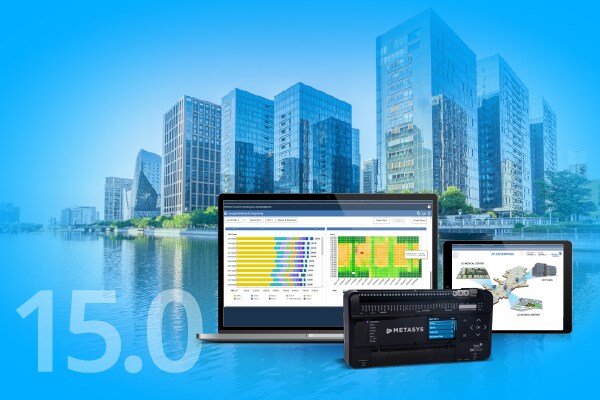- Johnson Controls
- Building Insights
- How data supports resilience in commercial real estate portfolios
How data supports resilience in commercial real estate portfolios
Since 2020, commercial real estate (CRE) insurance premiums in the U.S. have risen by 88%. At the same time, risk tolerance for insurers has decreased – driven by concerns about climate risks, inflation and market volatility. Against this backdrop, building features and maintenance practices once rewarded with premium discounts are now less likely to guarantee savings.
However, the enhanced operational resilience, risk mitigation and data collection capabilities delivered by technologies like OpenBlue may help organizations secure better access to coverage and slow the rate of premium increases. The award-winning software platform can enhance resilience and transparency, reduce risk exposure, make real estate portfolios more appealing to insurers, and unlock new business growth opportunities. Here’s how:
How can building data lower insurance premiums?
CRE insurance premiums reflect a mix of location, building type and market dynamics that include volatility, regulatory pressures and climate risks. The increasing complexity of the underwriting process is leading insurers to require detailed information about building performance, maintenance and risk exposure before issuing coverage.
OpenBlue technology streamlines this information-gathering process and gives insurers easier access to timely and relevant information that includes:
- Operational and maintenance records
- Incident reports
- Utilization and occupancy analytics
- Documents and data showing compliance with safety and sustainability standards
- Transparency into asset performance at the property and portfolio level
In addition to making the underwriting process easier, this transparency and smoother data collaboration builds trust between property owners and insurers.
How can building technology help mitigate risk?
OpenBlue solutions streamline the collection, sharing and analysis of data. They also empower you to improve the building performance and operational efficiency reflected in that data. Our systems combine Internet-of-Things sensors, advanced analytics and AI-powered insights to give facilities and real estate teams real-time visibility into building operations, energy use, occupancy patterns and vulnerabilities.
Key capabilities that support risk mitigation include:
Predictive equipment maintenance
OpenBlue Workplace uses AI, sensors and advanced analytics to identify recurring issues and equipment trends. Instead of following an arbitrary and inefficient preventive maintenance schedule, facility managers (FMs) can use this information to strategically plan preventive measures and upgrades. This can prolong the life of expensive assets and building systems and lower overall ownership costs.
When something goes wrong, time is of the essence. The integration of Johnson Controls Metasys into OpenBlue Workplace shortens response times by automatically triggering a work order ticket when the system detects a problem.
Real-time occupancy and utilization insights
OpenBlue Insights provides real-time occupancy and utilization information. This can help organizations plan more effectively for safety, compliance and emergency response. These insights also inform risk-related decisions such as evacuation planning, renovations and refits, or HVAC optimization during severe weather.
Environmental monitoring
OpenBlue Workplace gives FMs early warnings of issues that could put people and property at risk by using data gathered from sensors that track variables like temperature, humidity, particulates and water leaks. Environmental sensors, for example, can notify facilities teams of anomalies in indoor air quality that might impact the health of occupants or damage equipment and potentially increase costs and liability.
Access control and security
OpenBlue Companion’s access control and visitor management features can help bolster the safety and security of occupants and assets. They can also provide digital records that improve safety compliance and protect against liability. They can even improve efficiency by automating routine tasks and helping ensure continuity of operations in emergencies.
Together, these capabilities enhance resilience by turning building data into actionable insights. Investors gain confidence in asset performance, operators can demonstrate strong risk management practices, and insurers get accurate, detailed information to support underwriting. Best of all, a recent Johnson Controls study conducted by Forrester Consulting found that the payback period for OpenBlue can be as little as eight months, with an ROI of 155% over three years.
Optimize your portfolio while reducing risk
Addressing climate risks with sustainable solutions
The escalating costs of damage from severe storms, wildfires and other climate events are the biggest factor pushing insurance premiums higher. That’s why sustainability is no longer just about certifications and positive press; it’s about financial risk reduction and fiduciary responsibility in asset preservation. Buildings that consume less energy, manage resources efficiently and demonstrate climate resilience may be perceived by insurers as presenting a lower long-term risk profile.
Here again, OpenBlue provides tools to help organizations operate more sustainably. The Energy Dashboard in OpenBlue Insights provides a one-stop-shop for measuring, monitoring and reporting your building’s carbon emissions, energy consumption and utility spend. Users can identify baseline energy and emissions performance to pinpoint savings opportunities and compare against targets.
Penn State Health used OpenBlue to optimize their chiller system and reduce CO2 emissions by 7 million pounds in the first year. They were also able to reduce energy consumption by 4.2 gigawatt hours and save 1.4 million gallons of water annually.
Positioning your portfolio favorably with insurers
Insurers are navigating an increasingly complex market shaped by factors including regulatory pressures, climate risk, higher costs and market volatility. In some parts of the country, insurers may be reluctant to provide coverage at all. While no technology, building feature or maintenance or operations practice can guarantee premium discounts, the ability to demonstrate resilience and transparency may give you a wider net to cast for coverage options and slow the rate of premium increases.
Frequently asked questions about building technology and risk management
-
How can data help reduce commercial real estate insurance premiums?
Platforms like OpenBlue provide detailed operational, maintenance and compliance data that insurers need for underwriting. By improving transparency and demonstrating proactive risk management, property owners can build trust with insurers and potentially slow premium increases.
-
What role does predictive maintenance play in CRE risk management?
Predictive maintenance uses IoT sensors and AI analytics to identify equipment issues before they escalate. This approach reduces downtime, extends asset life, and minimizes costly failures – key factors that strengthen operational resilience and lower risk exposure.
-
Why is sustainability important for mitigating climate-related insurance risks?
Insurers increasingly consider sustainability when assessing risk. Buildings that reduce energy use, cut emissions and demonstrate climate resilience are perceived as lower-risk assets. Solutions like OpenBlue help organizations track carbon emissions and optimize energy performance, positioning portfolios favorably with insurers.



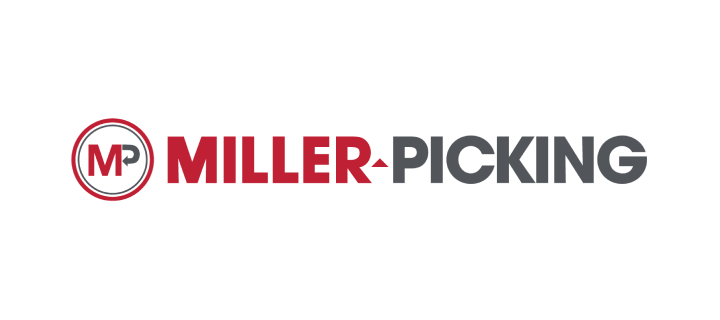



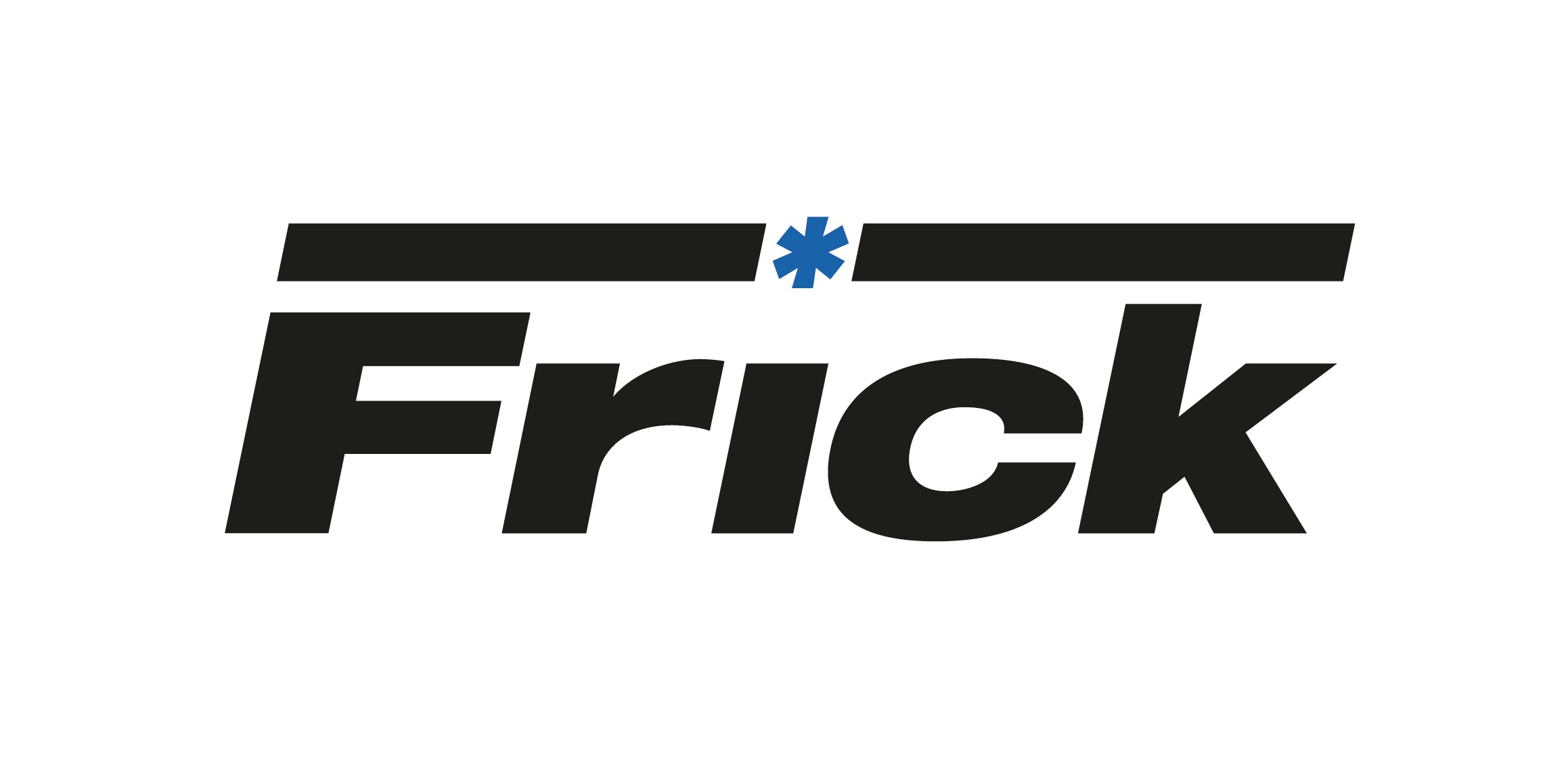
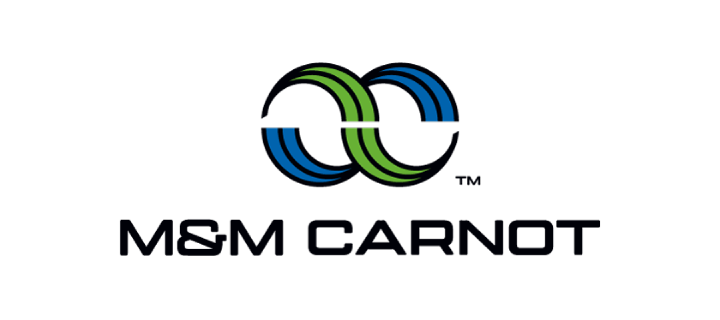

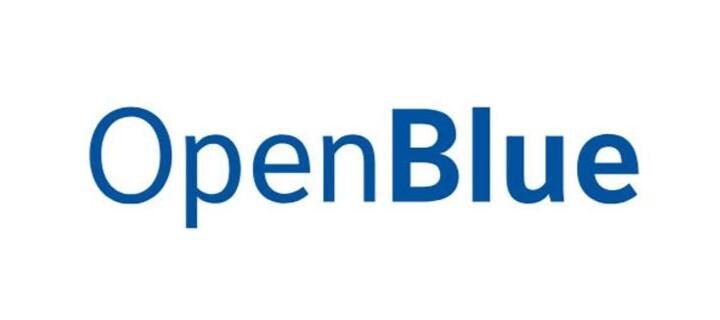
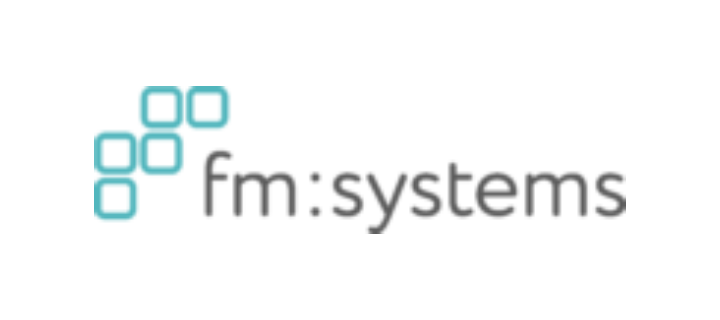



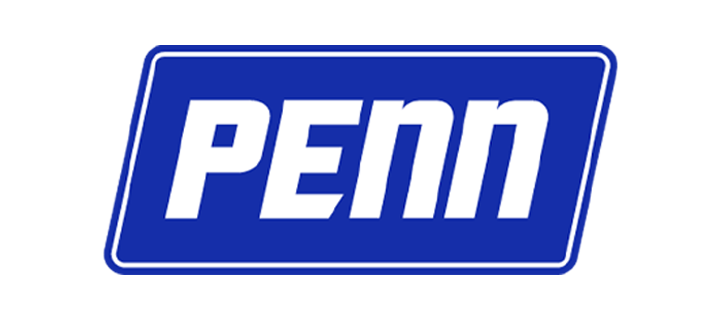

.jpg?la=en&h=320&w=720&hash=244C75B74F0F77521D56164450973BCD)
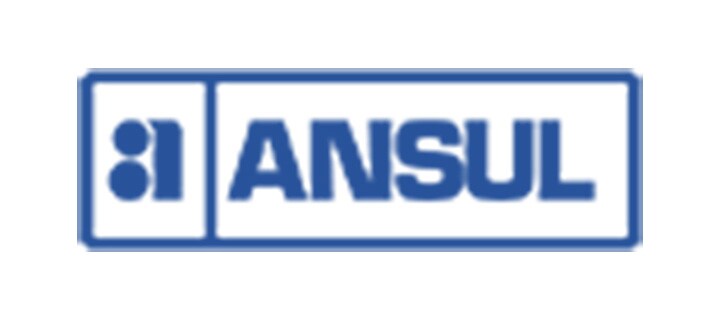

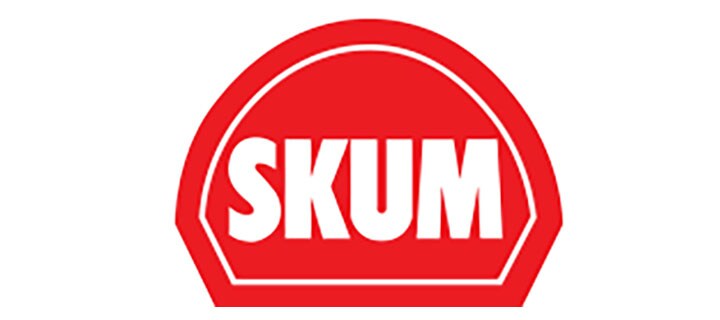



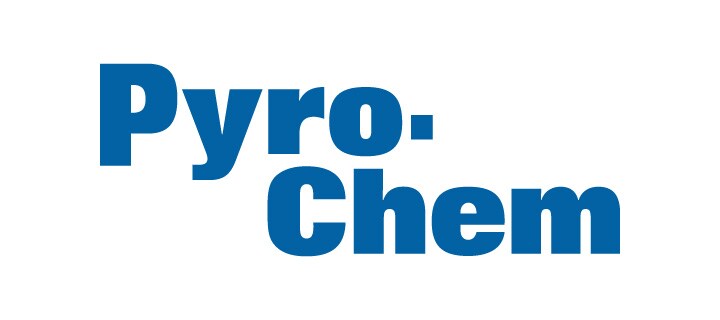
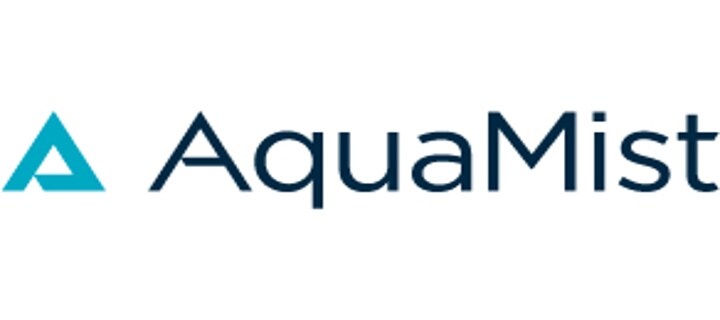



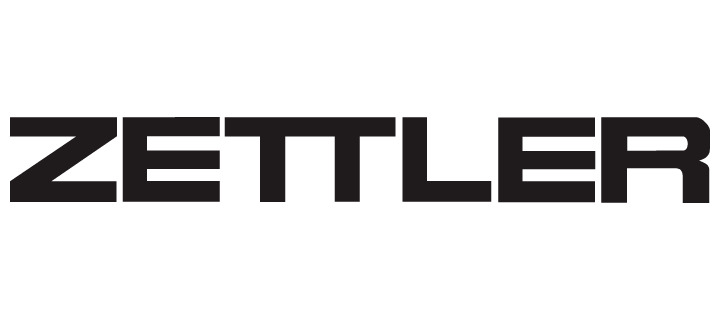


.jpg?la=en&h=310&w=720&hash=8D9823F26AA80B2B75C3E4B2E61770DC)

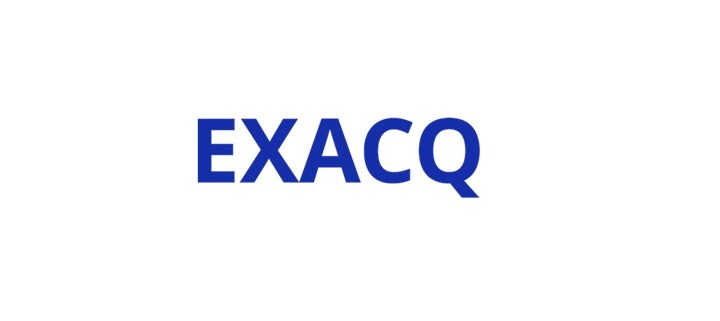
.jpg?la=en&h=320&w=719&hash=13CA7E4AA3E453809B6726B561F2F4DD)
.jpg?la=en&h=306&w=720&hash=F21A7CD3C49EFBF4D41F00691D09AEAC)

.png?la=en&h=320&w=720&hash=18CFCCD916C92D922F600511FABD775D)











